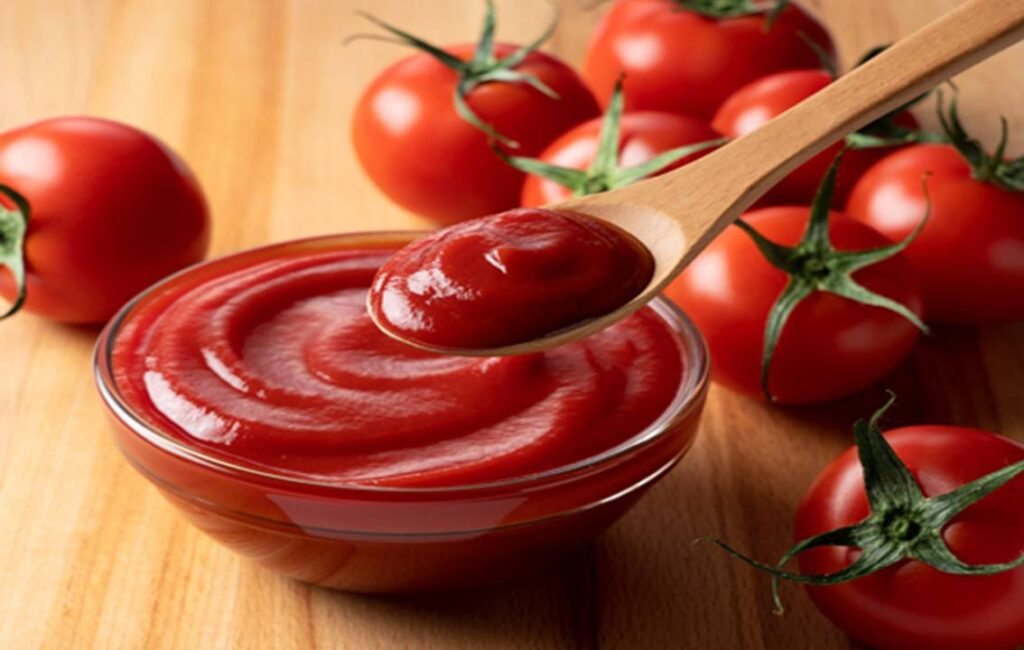THE SAUCES THAT DOMINATE MEDITERRANEAN COOKING
A SOUTH AMERICAN LEGACY
The simple tomato has a varied and interesting history that begins in South America during the 7th century. Native to the Andes Mountains, tomatoes, which are actually considered a fruit, are thought to have been in use since antiquity after it was domesticated in Central and South America. The tomato was used as a base for many of the foods of these people and the concept of using tomatoes to create sauces began at this time. The name of the tomato, which is a member of the nightshade family that includes tobacco, potato, and chilli peppers, originates from the Aztec word ‘tomatl’. Simple, yet essential to several recipes, various versions of tomato sauce dominate Mediterranean cooking as a whole and today different versions of the sauce exist in several countries.
SALSA ROJA
Tomato sauce, also known as ‘Salsa Roja’, in Spanish was first introduced to Europe via Spain during the 16th century and it soon spread to other European countries. Bernardino de Sahagún, a Franciscan friar from the Kingdom of Spain, is believed to be the first European to write about tomato sauce after encountering it in Mexico at around the same time.
SALSA DI POMODORO
The first Italian recipe of tomato sauce was published under the name ‘Spanish Tomato Sauce’ in Lo Scalco alla Moderna. Written by the Italian chef Antonio Latini, this book was published in two volumes in 1692 and then in 1694. Nearly 100 years later, a tomato sauce known as ‘Salsa Di Pomodoro,’ first appeared with pasta in the Italian cookbook L’Apicio moderno, by Roman chef Francesco Leonardi.
SAUCE TOMATE
‘Sauce Tomate’, is a sauce that was first used in the cuisine of the south of France in the late 17th century, particularly in Provence and the Basque Country. The Provençals, partial to sauce, demanded it everywhere they went and over the next 100 years, they helped it to spread it across the whole of France. The first written recipe for canned tomatoes comes from Vaucluse, in southern France, and it appears in a document written by an unknown chef in 1795.
CYPRIOT YIAHNI
‘Cypriot Yiahni’ is a sauce that became popular on the island during the Ottoman era. It slowly developed to reflect a blend of Greek, Turkish, and Middle Eastern influences and Cypriot chefs began using the sauce to enhance classic Cyprus dishes, such as moussaka, gemista, fasoulia, and stifado. As its popularity on the island grew, other variations of the sauce were integrated into mainstream Cypriot cooking and were commonly used to enhance pasta, vegetable and meat dishes.
A CYPRIOT STAPLE
Today, tomatoes still play a significant role in Cypriot cooking and the Cypriot staple often highlights the diverse culinary landscape of the island. Whether fresh, dried, or as a sauce, tomatoes enhance Cypriot cuisine with their vibrant taste, ensuring that meals remain rich and satisfying. The sauces created from tomatoes, dominate Cypriot cooking, transforming dishes with their flavour, colour, and nutritional benefits. As well as sauces, tomatoes are also combined with cucumber, onion, olives and feta cheese to create village salads and they make up several meze appetizers. The use of concentrated tomato paste or sauces is also prevalent, enriching the flavours of tomato based stews and soups that remain prominent on the island. The cultivation of tomatoes also reflects Cypriot cultural traditions and agricultural practices and the island is known for its flavourful local tomato varieties that include the Santorini and the Beef tomato, which are prized for their sweetness. Tomatoes in Cyprus are also preserved in various forms, such as dried tomatoes, that are used to make various pastes or through canning, which maintains their flavour all year long.




